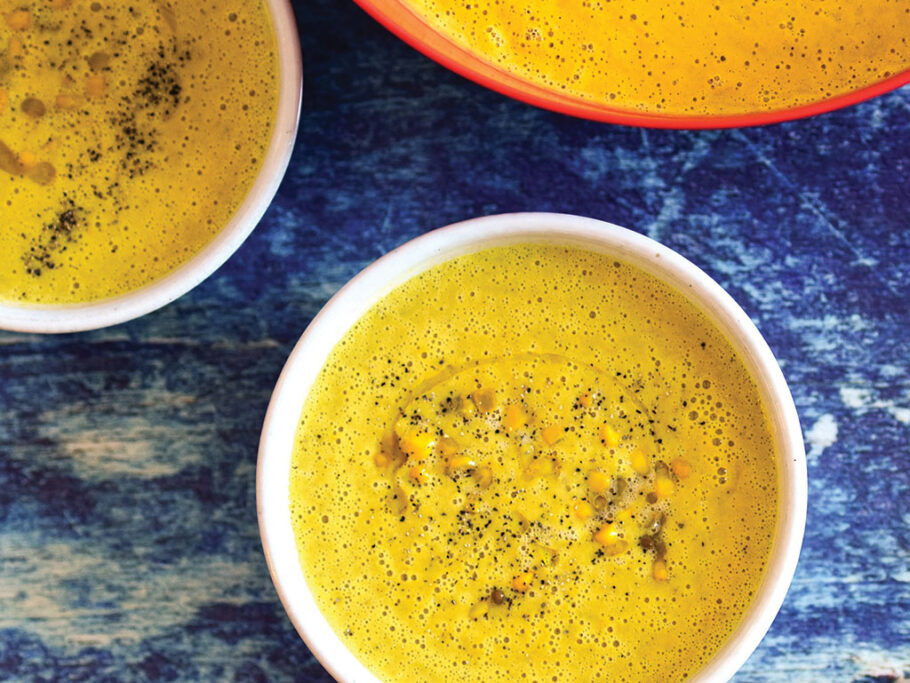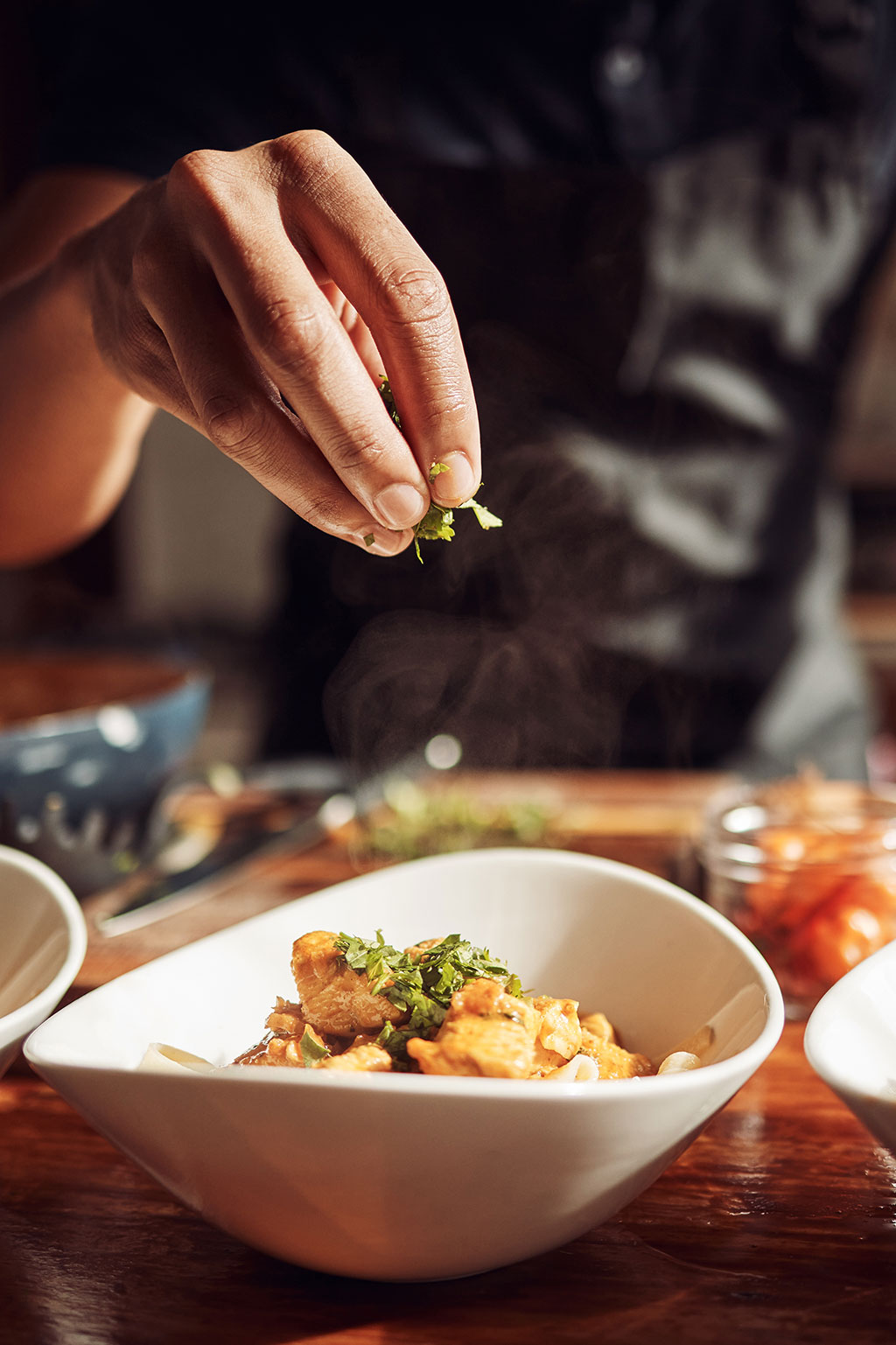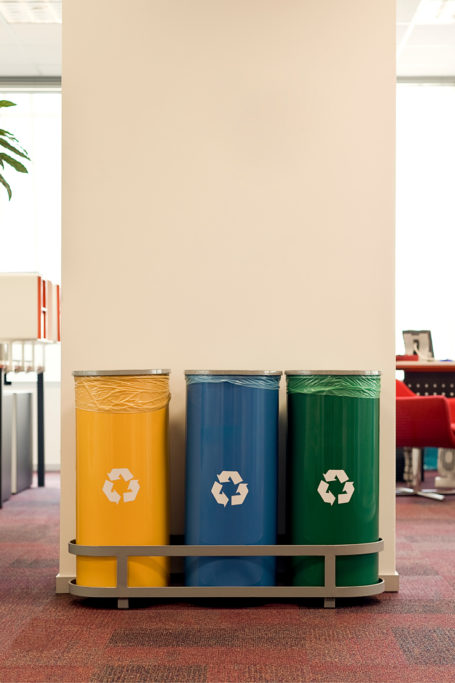Become a Better Home Cook
While cooking is an essential part of life, it’s also an art form that requires a mix of skills and creativity.
Of course, you may feel that neither comes naturally to you, but that doesn’t mean you’re forever hopeless in the kitchen. With a little time and practice, and with a few key tactics, you, too, can channel your inner professional chef and start dazzling with your meals.
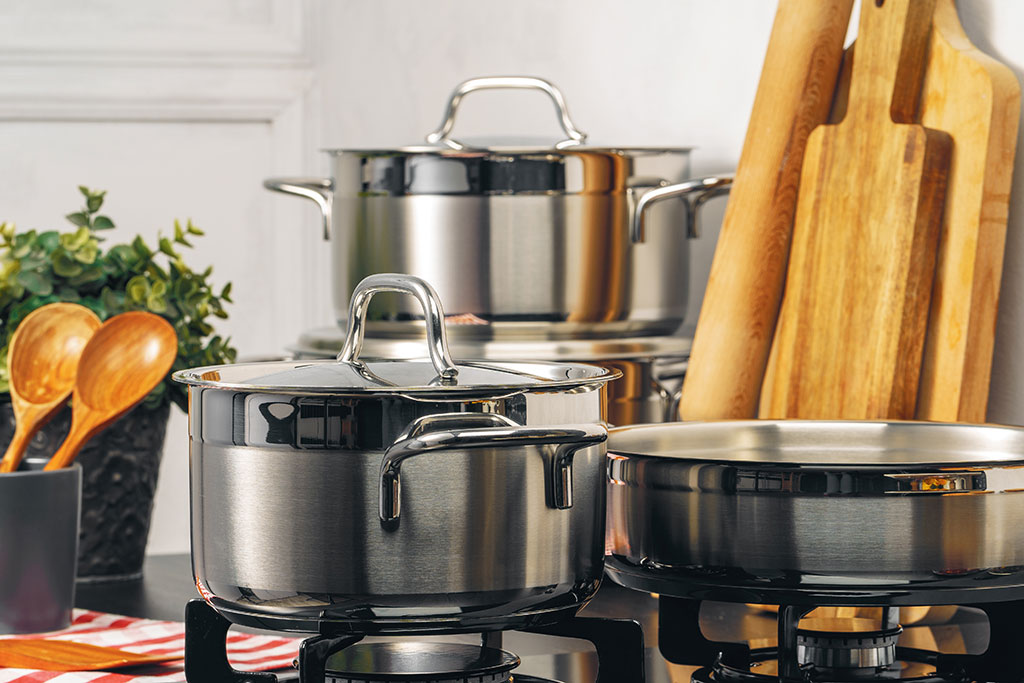
Invest in the best pans
Being a good cook requires first familiarizing yourself with the essential tools—especially frying pans. These are a must-have for every kitchen since you need them to sauté, fry, sear, and braise your foods. And because they’re so important, you’ll want to make sure you’re investing in quality ones. Don’t just buy the cheapest set out of convenience. Instead, conduct some research first, looking at the longevity of the pans and how evenly they cook foods. You’ll be able to use them for years to come as long as you take the time to find the right ones.
On top of that, it’s important to understand the differences between the three main types of frying pans—nonstick, stainless steel, and cast iron—because you can’t cook just any food in any pan. For instance, cooking anything acidic in cast iron can result in a metallic taste and damage the seasonings that have developed in the pan over time. Be sure to research which pan is best for which foods and how to properly maintain each one. All serve a specific purpose in the kitchen: stainless steel is ideal for more delicate foods like vegetables and fish, cast iron works well for anything needing an extremely high heat, and nonstick is best for low-heat foods like pancakes and omelets.
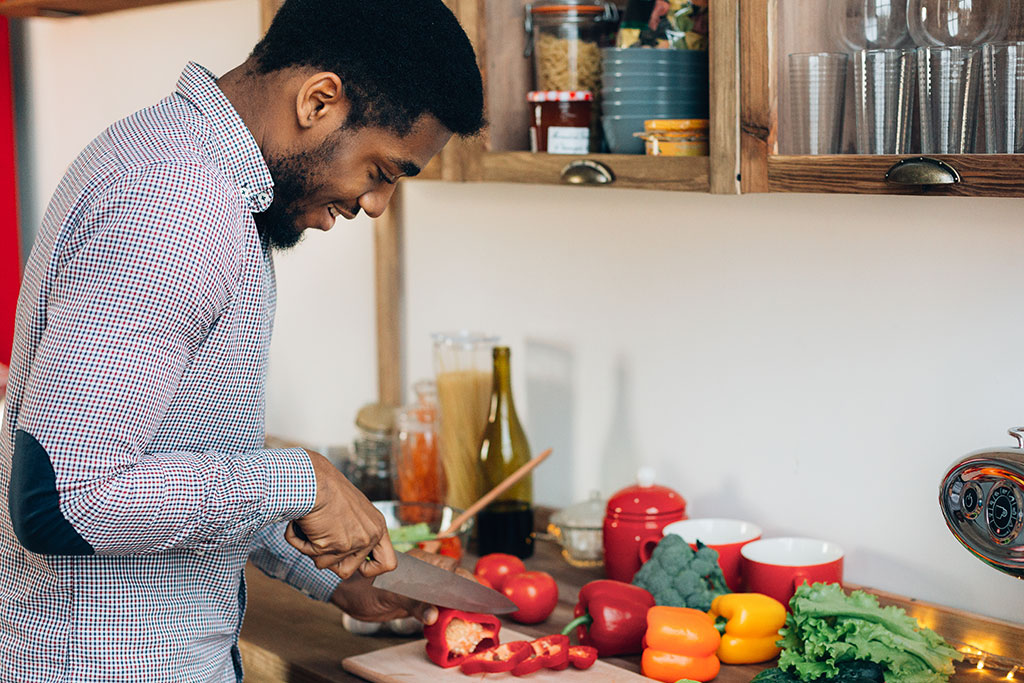
Master your knife skills
There’s no getting around it—cooking requires using a knife, whether to chop vegetables, slice meat, or cut fruit. So if you’ve ever felt uncomfortable wielding one, then perhaps it’s time to improve your skills. It all starts with how you hold the knife. First, place the thumb and index finger of your dominant hand on each side of the bolster (the connector between the blade and the handle). This will protect your fingers while also increasing comfort and stability. Then wrap the rest of your fingers around the handle. Hold the food item with your other hand, being sure to curl your fingertips inward to allow your knuckles to guide the knife along the item. Using a rocking motion, move the knife up and down and front to back to make your cuts.
Once you’re more comfortable holding the knife, you can practice various chopping, dicing, and slicing methods. Each one can be used for different foods and purposes. Chopping is good for foods you want to cut into small pieces that are roughly the same size, such as garlic and herbs. Dicing creates uniform squares to help foods like onions and potatoes cook evenly. And slicing is best for when you want larger pieces of equal thickness, as with an apple or a tomato. Just remember that all this work can take a toll on your knives, so it’s important to sharpen them yourself every two weeks and get them professionally sharpened at least once a year.
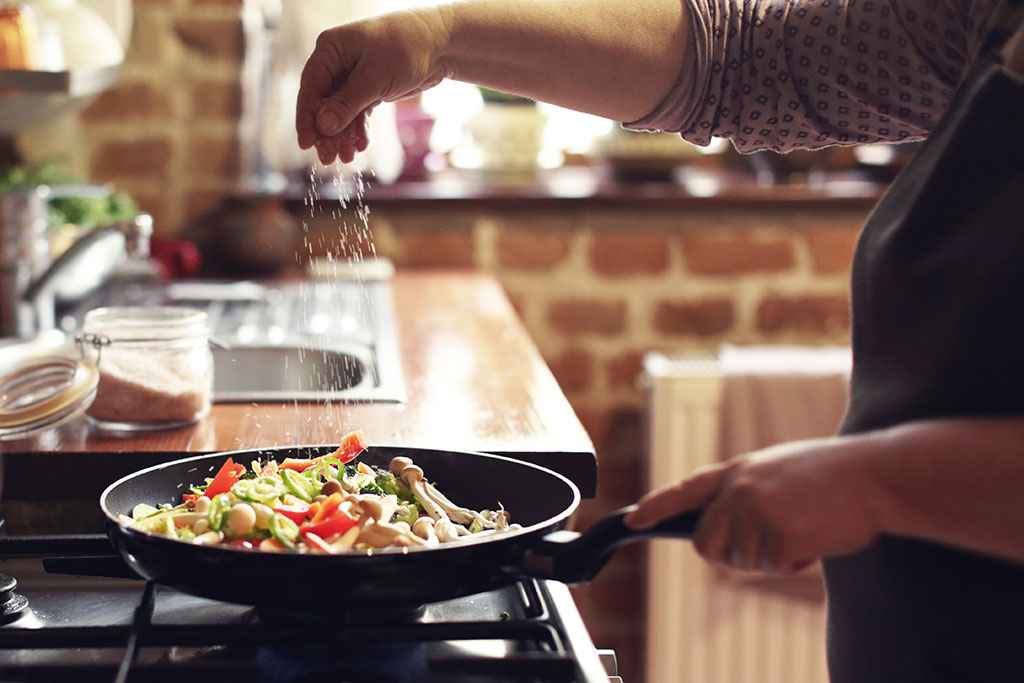
Practice balancing flavors
Seasoning is everything when it comes to cooking—it can even make or break a dish. After all, no one wants to eat undersalted foods that taste a bit bland or oversalted foods that are overly intense. Learning how to use seasonings, which include spices, herbs, salt, sugar, oil, and vinegar, is essential for developing well-rounded flavors that complement the recipe and specific ingredients you’re using. You should ideally season at every stage of the cooking process, tasting each element as you go. This way, you can adjust your flavors where needed, looking for spots that need more salt, pepper, lemon juice, or anything else your recipe might call for.
As you familiarize yourself with seasoning, you can also work on recognizing the five overall flavors: sweet, sour, salty, bitter, and umami. You likely know what the first four taste like, but umami is a little harder to recognize. It’s that certain richness found in savory dishes with ingredients like soy sauce, kimchi, anchovies, sun-dried tomatoes, or different cheeses. These five elements ultimately work together to create well-balanced dishes that have a greater depth of flavor. If you taste a dish and it feels like it’s missing something, it might just mean you need to increase at least one of these elements. In that case, simply add in more of a specific seasoning or ingredient until you arrive at the perfect flavor.
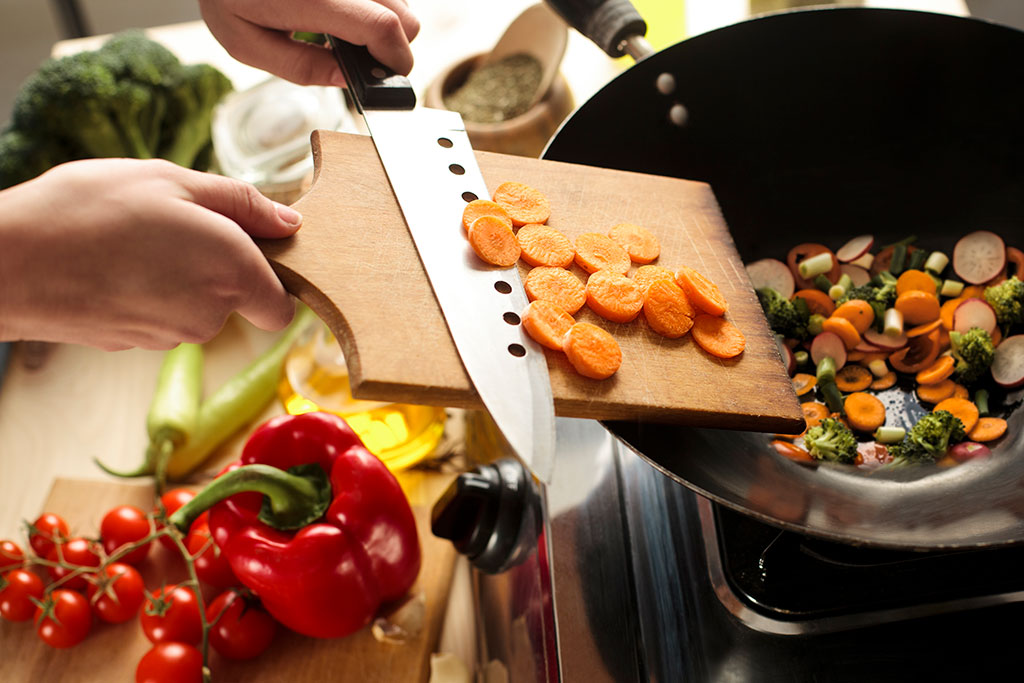
Remember: mise en place
A lot of cooking comes down to prep work and timing. Mise en place, a French culinary term, refers to having everything in one place before you even begin cooking. This means cutting your vegetables, measuring out your spices and other ingredients, and marinating your meats all at once rather than as you go. This can take a lot of stress out of the process since you won’t accidentally burn your broccoli while you’re distracted chopping your garlic. Have every ingredient you need ready to go on your counter, and then go ahead and get cooking!
Cooking is a skill that you can develop over time with a lot of patience and practice. And as you grow in the art form, you can experiment with more challenging recipes that are sure to impress your friends and family.

